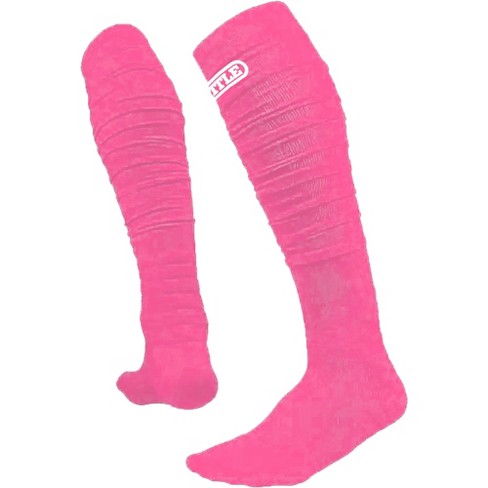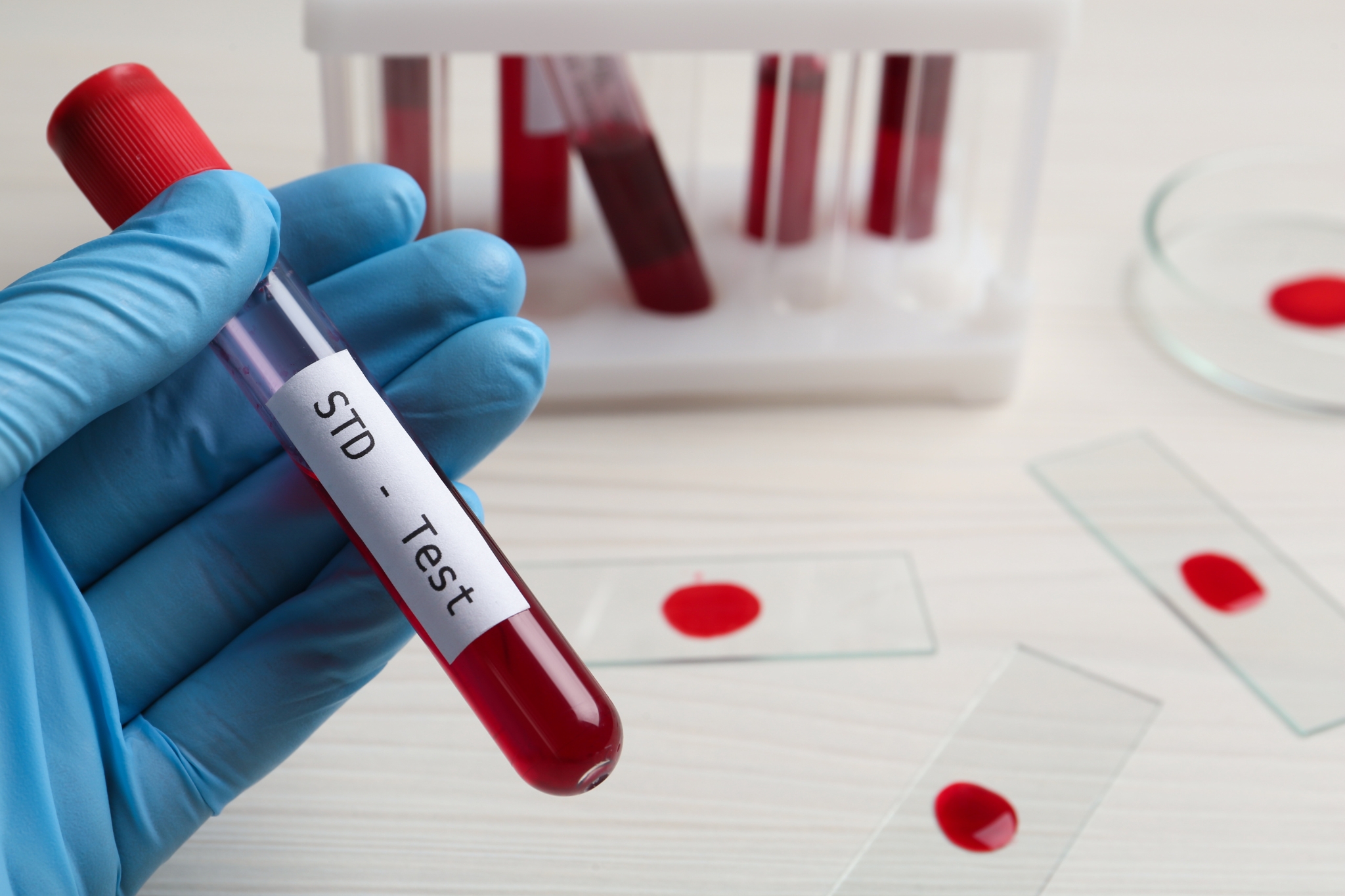What Is Pink Sock?Pink Sock, also known as rectal prolapse, is a medical condition where the rectal lining protrudes through the anus, resembling a pink tube. While the term "pink sock" may sound alarming, it’s important to recognize that this condition, though disturbing, is more common than people might think. In fact, studies suggest that the incidence of rectal prolapse has been on the rise, making it crucial to address and raise awareness about this health issue.

In this article, we’ll dive into what exactly Pink Sock is, its relationship to sexually transmitted diseases (STDs), and how understanding this condition can help with early diagnosis and treatment. We'll also discuss prevention and treatment options for individuals at risk of developing rectal prolapse.
Pink Sock: An OverviewThe term "pink sock" refers to the prolapse of the rectum, where the lining of the rectum extends outside the anus. This occurs when the muscles and ligaments that support the rectum weaken, causing it to descend and eventually protrude. It’s a condition that can affect both men and women, but it is more commonly observed in older women, particularly those who have had multiple vaginal deliveries or have a history of chronic constipation.
Though the term "pink sock" might be used casually or humorously in some circles, it is a serious medical condition that requires prompt diagnosis and treatment. If left untreated, rectal prolapse can lead to further complications such as incontinence or permanent damage to the pelvic floor muscles.
How Pink Sock Relates to STDsWhile Pink Sock itself is not a sexually transmitted disease, certain factors associated with STDs can increase the risk of developing rectal prolapse. For instance, bacterial infections like Salmonella or Shigella, which can be contracted through sexual contact, can cause chronic diarrhea. This persistent diarrhea can lead to repeated straining during bowel movements, weakening the muscles that support the rectum and increasing the likelihood of prolapse.
Moreover, individuals who engage in anal intercourse may experience trauma to the rectum, which can further increase the risk of rectal prolapse. This risk is heightened in those with a history of pelvic surgeries, chronic constipation, or other conditions that weaken the pelvic floor muscles.
Prevention and Treatment of Pink SockPreventing Pink Sock involves addressing lifestyle factors that contribute to rectal prolapse. Here are some essential preventative measures:
Maintain Healthy Bowel Habits: Avoid constipation and ensure regular, easy bowel movements. This can be achieved through a balanced diet, plenty of water, and regular physical activity.
Avoid Straining During Bowel Movements: Straining puts unnecessary pressure on the rectum and can lead to prolapse. Use stool softeners or fiber supplements if needed.
Manage Chronic Diarrhea: Treating conditions that cause chronic diarrhea can reduce the risk of prolapse.
Pelvic Floor Exercises: Strengthening the muscles that support the pelvic organs through exercises like Kegels can help prevent rectal prolapse.
Avoid Heavy Lifting: Lifting heavy objects can put extra pressure on the pelvic region, so it’s important to be mindful of this risk factor.
Treatment for Pink Sock varies depending on the severity of the condition. Mild cases can be managed with non-surgical methods such as dietary changes, stool softeners, and pelvic exercises. However, more severe cases may require surgery to repair the prolapse or reattach the rectal tissue. Surgical options can include:
Repairing or reattaching the prolapsed rectal tissue
Removing damaged tissue
Creating a support structure for the rectum
Recognizing the Symptoms of Rectal ProlapseIf you experience symptoms such as difficulty passing stools, a sensation of incomplete bowel movements, or visible protrusion of the rectum through the anus, it’s crucial to seek medical attention. Early diagnosis and intervention can prevent further complications and limit damage to the rectum and pelvic floor muscles.
Can STDs Cause Pink Sock?Although there is no direct correlation between Pink Sock and STDs such as gonorrhea, chlamydia, or herpes, certain factors linked to STDs may contribute to the risk of developing rectal prolapse. For instance, chronic diarrhea from bacterial infections associated with STDs can cause prolonged straining during bowel movements, increasing the risk of prolapse.
Additionally, individuals who engage in anal sex may be at a higher risk due to the trauma it can cause to the rectum, especially if they have a history of pelvic surgeries or chronic constipation.
ConclusionPink Sock, or rectal prolapse, is a medical condition that can cause significant discomfort and should not be taken lightly. While it is not a sexually transmitted disease, understanding its potential connection to certain risk factors—such as chronic constipation, diarrhea, and anal intercourse—is crucial for prevention and early treatment. If you experience symptoms of rectal prolapse or have risk factors for this condition, seeking prompt medical attention is essential to prevent further complications.
By bringing awareness to Pink Sock and its relationship to STDs, we hope to encourage individuals to take proactive steps in maintaining their health. Regular testing for STDs and addressing underlying health issues like chronic constipation can go a long way in preventing conditions like rectal prolapse and improving overall well-being.

